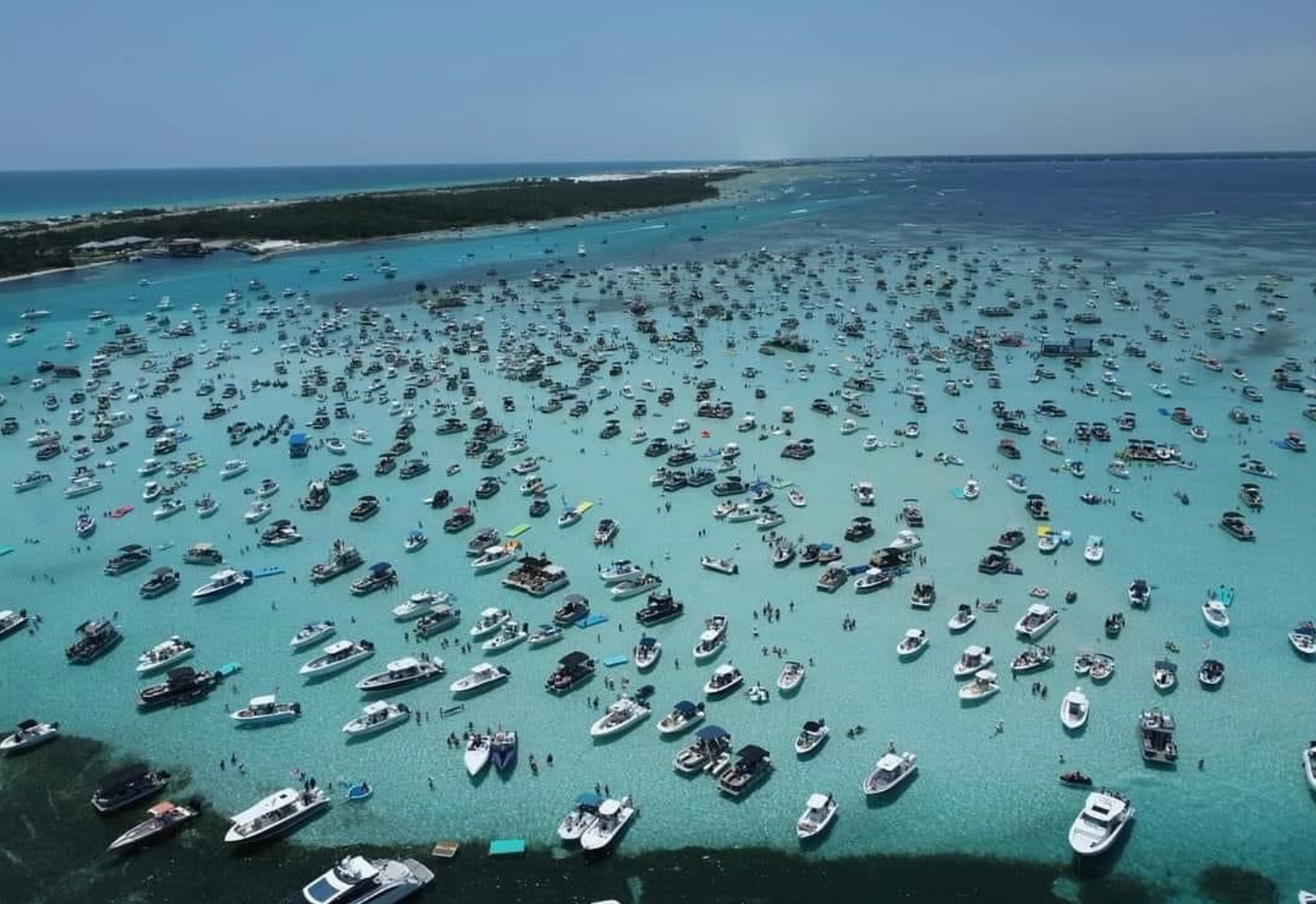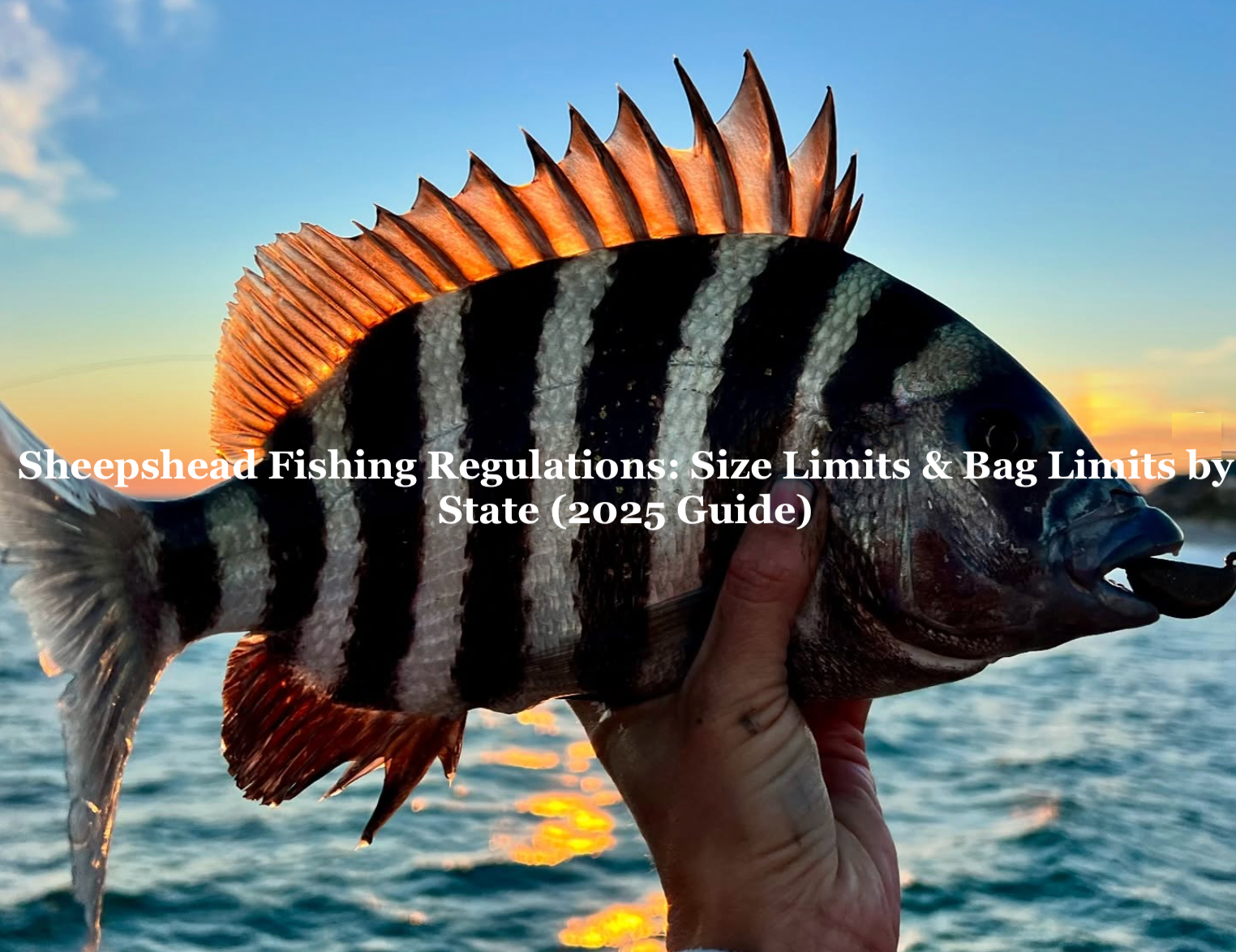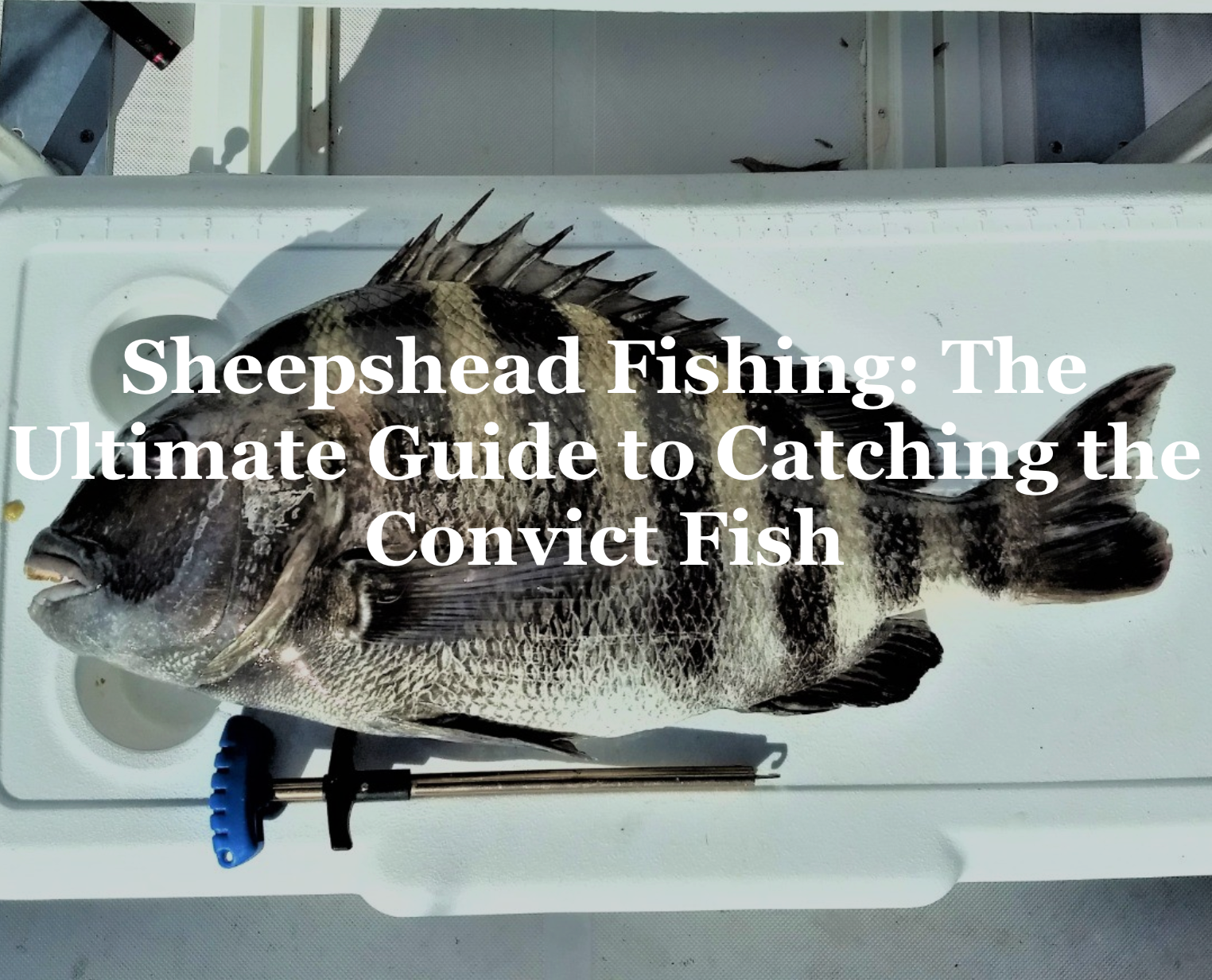Boating is one of the most exhilarating ways to enjoy the outdoors, whether you're cruising along a serene lake, fishing in coastal waters, or exploring a winding river. However, the key to a successful and safe boating trip lies in thorough preparation. Following a comprehensive boat safety checklist before departure ensures that you, your passengers, and your vessel are ready for the adventure ahead. This guide covers everything you need to know to stay safe on the water, from checking the weather to equipping your boat with essential safety gear.
1. Check the Weather Forecast

Weather can change rapidly on the water, and being caught in a storm is both dangerous and avoidable. Always check the local marine forecast for your boating area before heading out. Websites like the National Oceanic and Atmospheric Administration (NOAA) provide detailed marine weather reports, including wind speed, wave height, and storm warnings.
-
Plan Accordingly: If the forecast predicts strong winds, high waves, or thunderstorms, consider postponing your trip.
-
Stay Updated: Bring a VHF radio or a weather radio to receive real-time updates while on the water.
-
Watch the Sky: Keep an eye on cloud formations and wind patterns, as they can indicate developing weather systems.
By staying informed, you can avoid hazardous conditions and ensure a safer outing.
2. File a Float Plan

A float plan is a critical safety measure that informs someone on shore about your boating plans. Share your float plan with a trusted friend, family member, or marina staff before departure. If you don’t return as scheduled, they can alert authorities to initiate a search.
Your float plan should include:
-
Name, address, and phone number of the trip leader.
-
Names and contact information of all passengers.
-
Boat type, registration number, and description (e.g., color, size).
-
Trip itinerary, including departure and return times and planned route.
-
Emergency contact information.
Having a float plan ensures that help can be dispatched quickly in case of an emergency.
3. Ensure Everyone Has a Life Jacket

Life jackets are the most important piece of safety equipment on a boat. According to the U.S. Coast Guard, drowning is the leading cause of boating fatalities, and many of these incidents could have been prevented by wearing a life jacket.
-
Fit and Assign: Ensure every person on board has a properly fitting, U.S. Coast Guard-approved life jacket. Children and non-swimmers should wear theirs at all times.
-
Check Condition: Inspect life jackets for tears, broken straps, or missing buckles. Replace any damaged ones.
-
Know the Rules: Federal regulations require one wearable life jacket per person and at least one throwable flotation device (e.g., a lifesling or cushion) on board.
Demonstrate how to wear and secure life jackets before departure to ensure everyone is comfortable and prepared.
4. Verify Safety Equipment

The U.S. Coast Guard mandates specific safety equipment based on your boat’s size and type. Familiarize yourself with these requirements and ensure all equipment is in good working order. Before leaving the dock, locate and test the following:
-
Fire Extinguishers: Ensure you have the correct number and type of extinguishers, and check that they are fully charged.
-
Sound-Producing Devices: A horn, whistle, or bell is required to signal your position in low-visibility conditions.
-
Visual Distress Signals: Flares, flags, or other signaling devices are essential for emergencies, especially on coastal waters. Check expiration dates on flares.
-
Navigation Lights: Verify that your boat’s lights are operational for nighttime or low-visibility boating.
-
First Aid Kit: Stock a waterproof first aid kit with bandages, antiseptics, and medications for seasickness or allergies.
Conduct a pre-departure walkthrough to ensure everyone knows where this equipment is stored and how to use it.
5. Wear Protective Gear and Clothing

The right clothing and gear can protect you from the elements and enhance your safety on the water.
-
Waterproof Clothing: Opt for fully waterproof jackets and pants, as water-repellent materials may not suffice in heavy rain or waves.
-
Sunglasses: Polarized sunglasses reduce glare from the water, improving visibility and protecting your eyes from UV rays.
-
Sunscreen and Coverage: Apply broad-spectrum sunscreen with at least SPF 30, and reapply every two hours. Alternatively, wear long-sleeved shirts, pants, and a wide-brimmed hat for maximum UV protection.
-
Non-Slip Shoes: Wear closed-toe, non-slip footwear to prevent slips and protect your feet on wet decks.
Pack extra layers in case temperatures drop, and store clothing in waterproof bags to keep them dry.
6. Designate an Assistant Skipper

Boating emergencies can happen unexpectedly, and the primary operator may become incapacitated due to illness, injury, or fatigue. Designate an assistant skipper who is familiar with the boat’s operations, navigation, and safety procedures.
-
Train Your Assistant: Ensure they know how to start and stop the engine, steer the boat, use the radio, and follow navigation rules.
-
Review Safety Protocols: Go over the location and use of safety equipment with your assistant skipper.
Having a capable backup operator ensures that your trip remains safe even if the primary skipper is unavailable.
7. Take a Boating Safety Course

Knowledge is power when it comes to boating safety. Enroll in a boating safety course to learn about navigation rules, emergency procedures, and proper equipment use. Organizations like the U.S. Coast Guard Auxiliary, U.S. Power Squadrons, and online platforms offer courses for boaters of all experience levels.
-
Online Options: Many courses are available online, making it easy to learn at your own pace.
-
State Requirements: Some states require a boating safety certificate to operate a vessel, so check local regulations.
A safety course equips you with the skills and confidence to handle various situations on the water.
8. Schedule a Free Vessel Safety Check
The U.S. Coast Guard and its Auxiliary offer free vessel safety checks to ensure your boat meets federal and state safety standards. A trained examiner will inspect your vessel for required equipment, proper documentation, and overall condition.
-
What to Expect: The examiner will check life jackets, fire extinguishers, navigation lights, and other equipment. They’ll also provide personalized safety tips.
-
How to Schedule: Visit the U.S. Coast Guard’s website or contact your local Auxiliary to arrange a check.
A vessel safety check can identify potential issues before they become problems, giving you peace of mind.
9. Additional Tips for a Safe Boating Trip

-
Fuel and Maintenance: Check fuel levels, oil, and battery charge. Inspect the hull, propeller, and engine for damage or leaks.
-
Navigation Tools: Bring a GPS, compass, or nautical charts, and know how to use them. A VHF radio is essential for communication.
-
Avoid Alcohol: Operating a boat under the influence is illegal and dangerous. Designate a sober skipper.
-
Know Your Limits: Don’t overload your boat with passengers or gear, and stay within your experience level.
Conclusion
A safe and enjoyable boating trip starts with preparation. By following this boat safety checklist, you can minimize risks and focus on the fun of being on the water. Check the weather, file a float plan, equip your boat with proper safety gear, and educate yourself and your crew. Whether you’re a seasoned boater or a first-timer, these steps will help ensure that your day on the water is both memorable and secure. So, grab your life jacket, double-check your checklist, and set sail with confidence!






Share:
Boat Safety Equipment: Your Guide to Staying Safe on the Water